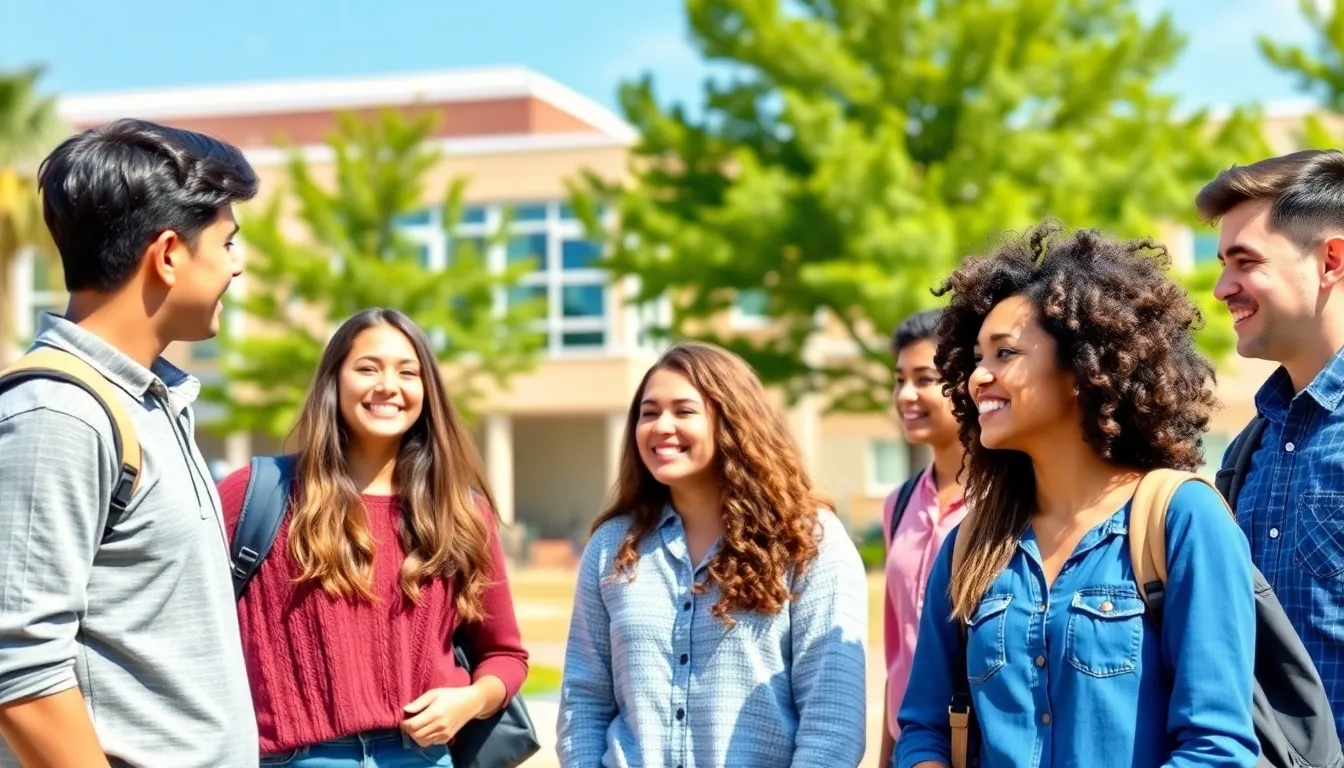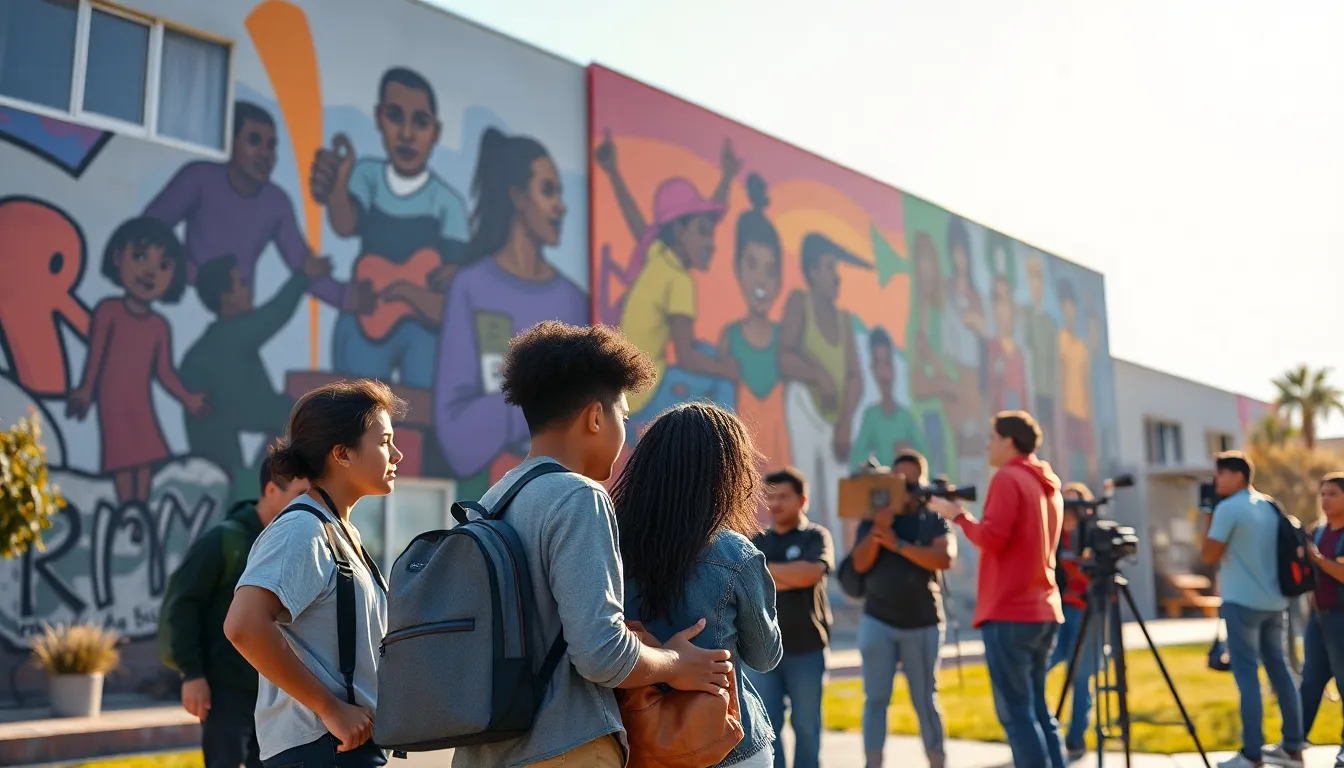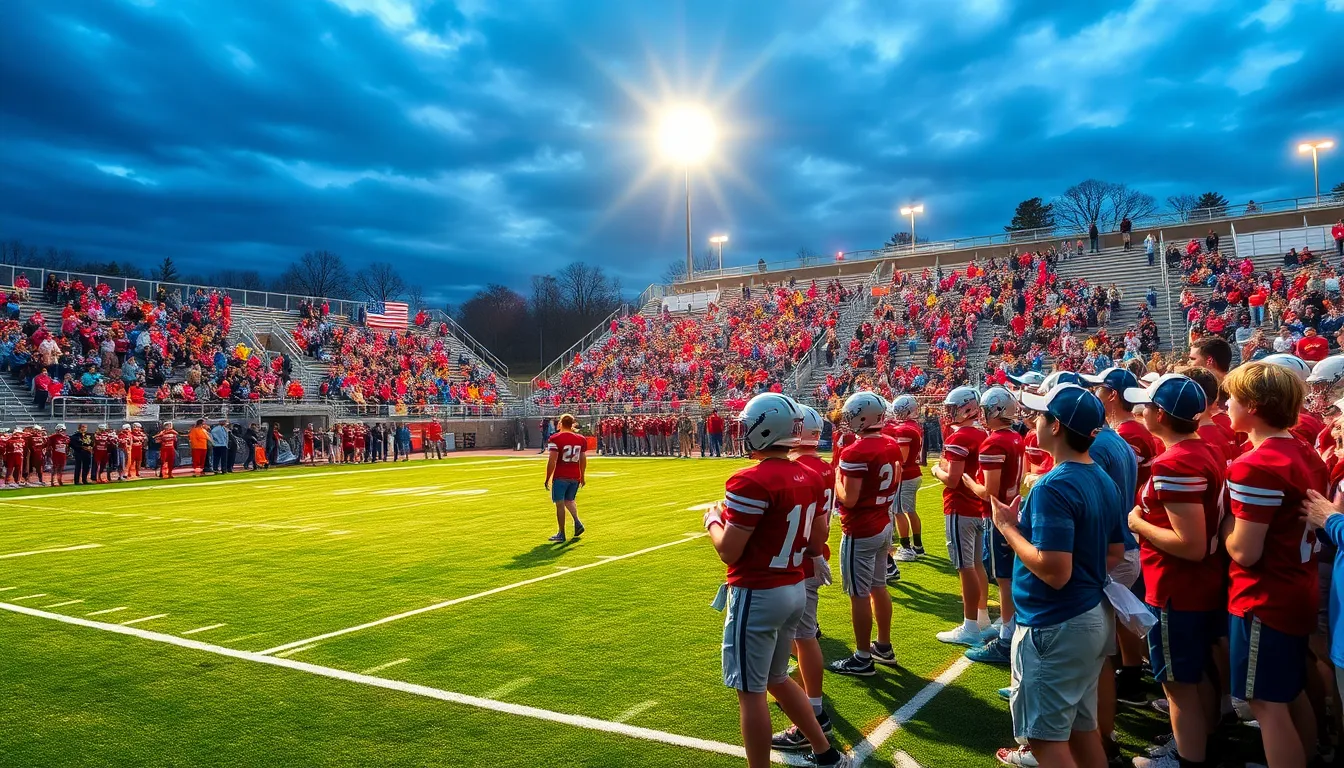Table of Contents
ToggleArts and culture are the vibrant threads that weave the fabric of society, sparking creativity and connection. They’re not just for the elite sipping overpriced lattes in art galleries; they’re for everyone. Whether it’s a street mural that makes you smile or a local theater production that tugs at your heartstrings, these expressions enrich our lives in ways we often overlook.
Imagine a world without music, theater, or visual arts—yikes! It’d be like a pizza without cheese. Arts and culture inspire innovation, challenge perceptions, and foster community. So, let’s dive into this colorful realm and explore how it shapes identities, ignites conversations, and, yes, even brings a little joy to our daily grind.
Understanding Arts And Culture
Arts and culture play significant roles in shaping human experiences. These expressions foster creativity and connection among individuals in society.
Definition And Scope
Arts encompass various forms such as visual arts, performing arts, literature, and music. Culture involves the shared beliefs, practices, values, and artifacts of a community. Together, they form a dynamic relationship that reflects the identity of a society. This relationship influences how individuals interact, perceive their environments, and understand their heritage. Broadly, arts can include traditional practices, contemporary works, and indigenous expressions, while culture extends to customs and social norms. Exploring both concepts reveals their interconnectedness and importance in daily life.
Importance Of Arts And Culture
Arts and culture stimulate creativity and innovation. They provide platforms for self-expression and pave the way for dialogue among diverse groups. Engaging with arts enriches emotional well-being and creativity in communities. Local theaters and street murals exemplify how accessible these expressions can be. Societal values and historical contexts find representation through artistic endeavors. Furthermore, enjoying and creating art fosters unity, bridging gaps between people from different backgrounds. A lack of arts and culture can lead to a sterile and disconnected society, emphasizing their necessity in maintaining vibrancy and joy in life.
Key Components Of Arts And Culture


Arts and culture consist of diverse expressions that shape identities and connections within society. Key components include visual arts, performing arts, and literature and writing.
Visual Arts
Visual arts play a crucial role in community expression and engagement. These encompass disciplines such as painting, sculpture, photography, and digital art. Artists use their creativity to convey messages, evoke emotions, and reflect cultural identities. Local art galleries often showcase works from emerging artists, making visual arts accessible to the public. Street art provides unique narratives through vibrant murals and installations. These artworks invite conversations and foster appreciation among viewers.
Performing Arts
Performing arts encompass theater, dance, and music, adding dynamic elements to cultural expression. Theatrical productions can explore social issues, inspiring audiences to reflect on their experiences. Dance, ranging from ballet to hip-hop, emphasizes movement as a form of storytelling. Live music performances foster community bonding, creating memorable shared experiences. Local theaters often serve as venues for innovative productions, making the performing arts accessible to diverse audiences. These art forms excel at promoting collaboration and creativity through rehearsal and performance.
Literature And Writing
Literature and writing shape cultural narratives and provide insight into diverse perspectives. Novels, poetry, and essays contribute to the richness of human experiences. Writers often explore themes like identity, social justice, and personal journeys. Literary events such as readings and book festivals enhance community dialogue around these works. Accessible literature allows readers to engage with different cultures and ideas, promoting empathy and understanding. Writing encourages individuals to express their thoughts, connecting them to others through shared narratives.
Impact Of Arts And Culture On Society
Arts and culture significantly shape societal dynamics, influencing identities and driving transformations. Their role extends beyond aesthetic value, impacting various facets of community life.
Social Change And Advocacy
Arts and culture serve as powerful tools for social change. They raise awareness about pressing issues, inspiring collective action. Through street performances and thought-provoking exhibitions, artists can spotlight social injustices. Community projects often reflect residents’ struggles, inviting dialogue and fostering solidarity. Organizations leverage art to advocate for marginalized voices, amplifying their narratives. Notable campaigns utilize creative outlets to challenge norms and promote equality. Engage in projects that resonate with local experiences, transforming perspective through empathy. Participation in cultural dialogues strengthens community bonds and promotes understanding.
Economic Growth And Development
Investing in arts and culture fuels economic growth. Creative industries contribute substantially to local economies, generating jobs and stimulating innovation. Cultural events attract tourism, enhancing revenue for local businesses. Art initiatives provide diverse employment opportunities, from artists to event coordinators. Moreover, public art projects increase property values, invigorating neighborhoods. Local governments recognize the economic potential of cultural investments, often supporting initiatives that promote creative sectors. In addition, partnerships between businesses and artists foster unique offerings, enriching community experiences. Utilize arts as a strategic asset to bolster economic resilience and enhance quality of life.
Current Trends In Arts And Culture
Current trends reflect the ongoing evolution in arts and culture, revealing new pathways for engagement and expression. Two notable trends stand out: digital transformation and inclusivity, both redefining how communities interact with art.
Digital Transformation
Digital technologies revolutionize the arts and culture landscape. Artists leverage social media platforms to showcase their work, connect with audiences, and build global networks. Online exhibitions offer accessibility to diverse artworks, allowing users to experience galleries virtually from anywhere. Moreover, augmented reality and virtual reality create immersive experiences, enhancing how audiences engage with performances and installations. Many organizations adopt digital tools to streamline operations and amplify outreach, cultivating wider participation in cultural events.
Inclusivity And Diversity
Inclusivity and diversity shape contemporary arts and culture, fostering broader representation. Cultural institutions increasingly prioritize diverse voices, showcasing artists from various backgrounds and perspectives. Programs that celebrate underrepresented communities contribute to enriching narratives and challenge traditional norms. Festivals and events highlight the importance of multiculturalism, encouraging collaborations across artistic disciplines. In addition, organizations actively seek to engage diverse audiences, ensuring that everyone finds a welcoming space in the arts. This commitment to inclusivity not only enhances creativity but also strengthens community ties and promotes mutual understanding.





